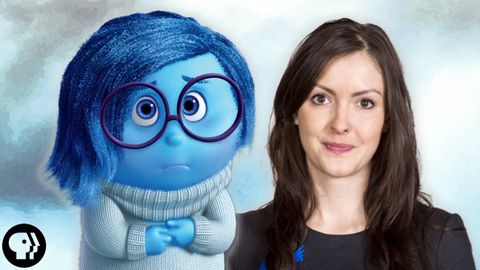【腦筋急轉彎】悲傷的力量竟然可以使我們更聰明! The Power of Sadness in Inside Out
Rose 發佈於 2022 年 08 月 12 日  沒有此條件下的單字
沒有此條件下的單字US /ˈɛpɪˌsod/
・
UK /'epɪsəʊd/
- n.插曲;集;(電視或廣播節目的)一集;事件;一段時期;(疾病的)發作
US /ˌɪndəˈvɪdʒuəl/
・
UK /ˌɪndɪˈvɪdʒuəl/
- n. (c.)個人;單個項目;個體;個人賽
- adj.個人的;獨特的;個別的;獨特的
- adj.(肉等)老的;咬不動的;堅韌的:艱苦的:困難的;強硬的;嚴格的;堅韌的;不屈不撓的;棘手的;費勁的;剛強的
- n.硬漢
- v.t.使變堅強
- v.t./i.忍受
